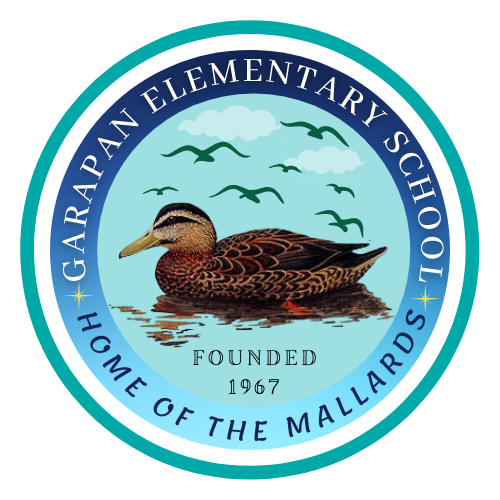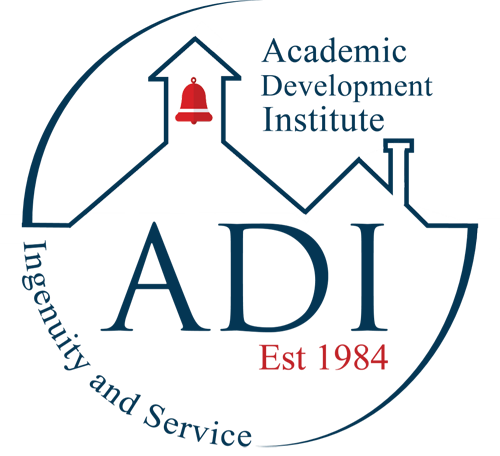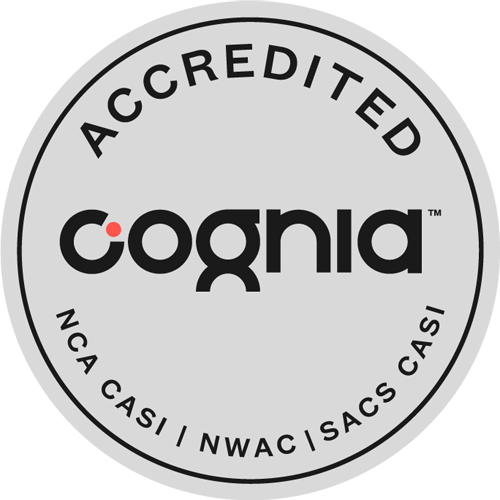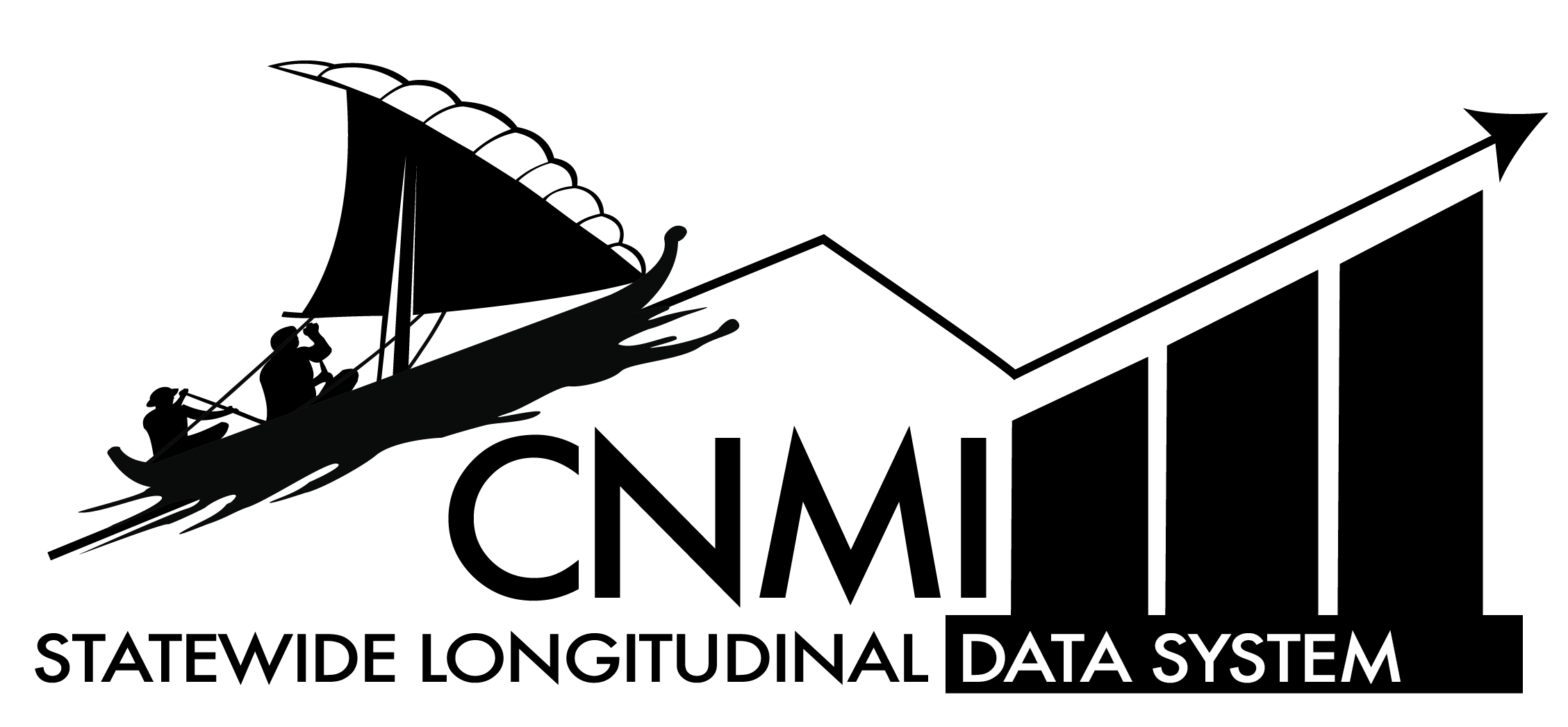Garapan Elementary School
Executive Summary

Garapan Elementary School is located in the western central section of Saipan, Commonwealth of the Northern Mariana Islands. The school opened in 1967 and was relocated to its current location in 1968 after a devastating typhoon struck the island. The school’s total population at the beginning of SY 2023-2024 was 460 students. The school zone caters to the villages of Garapan, Navy Hill, Chinatown, Puerto Rico, and Northern Gualo Rai.
Of our total enrollment each year at GES, more than half of our students consistently qualify for the federal free meal program. For the past five school years, all of our students were eligible recipients of the free and reduced breakfast and lunch program as a result of the Community Eligibility Provision Implementation.
Although almost half of our students are of Filipino descent, GES serves a diverse ethnic population. Student groups originate from different areas of the Pacific Islands, Federated States of Micronesia, Asia, Bangladesh, Indigenous students of Chamorro and Carolinian descent, and students from culturally blended families.
At GES, our Philosophy and Mission are the belief that children are our most valuable resource. Each comes to school as a dynamic individual with diverse experiences and abilities. Our primary goals are building enthusiasm for learning and an appreciation/awareness for themselves and others. We believe that each child can reach their potential with involved families and a caring community. Providing an environment that promotes intellectual, academic, and social growth creates a brighter future for our school and community.
GES continues to commit to providing quality education that meets the needs of our students, staff, and parents.





